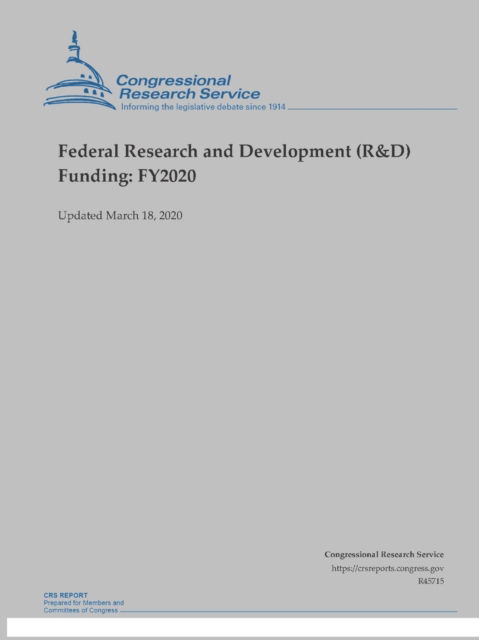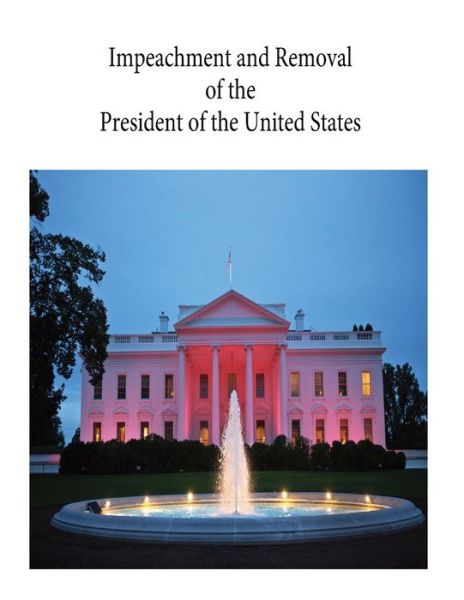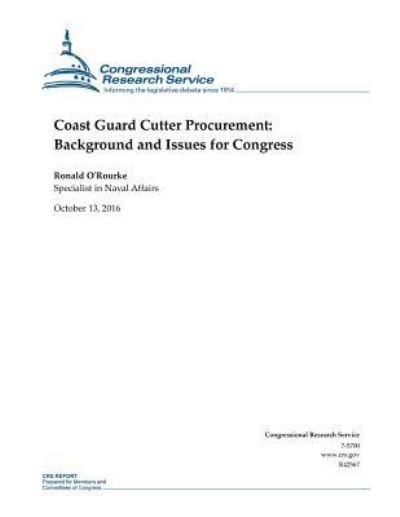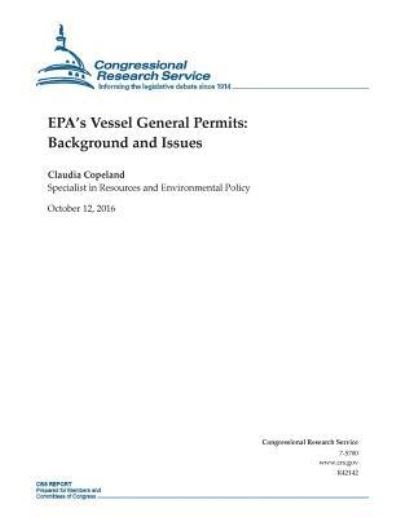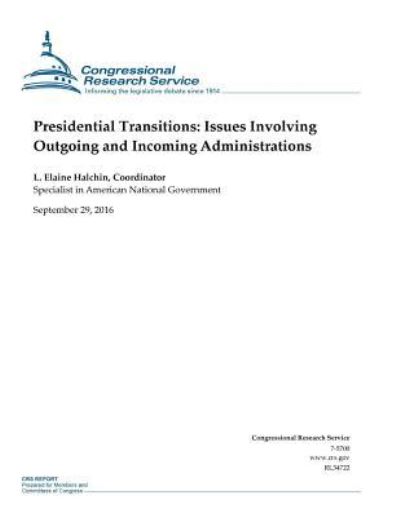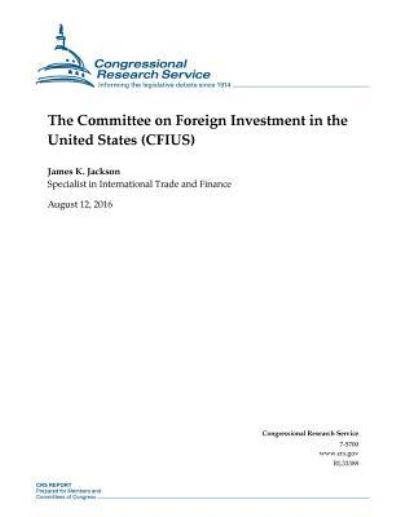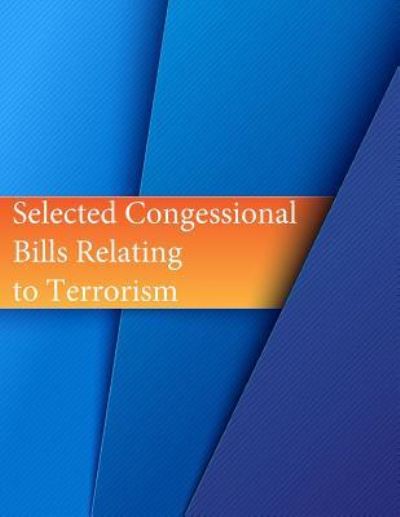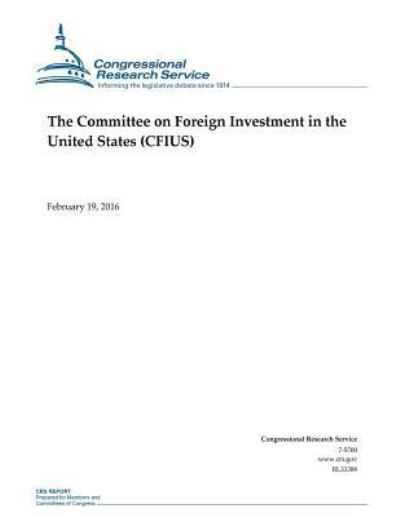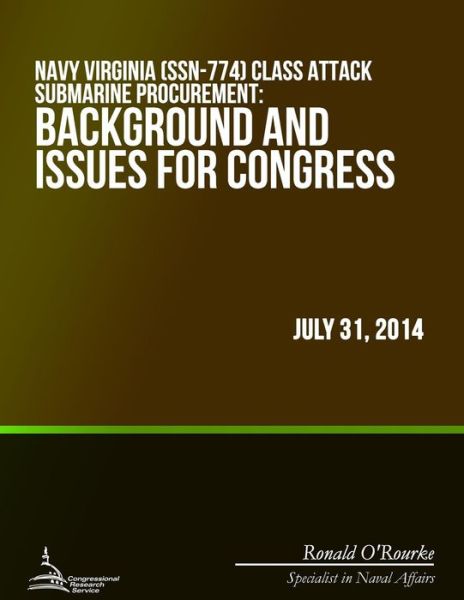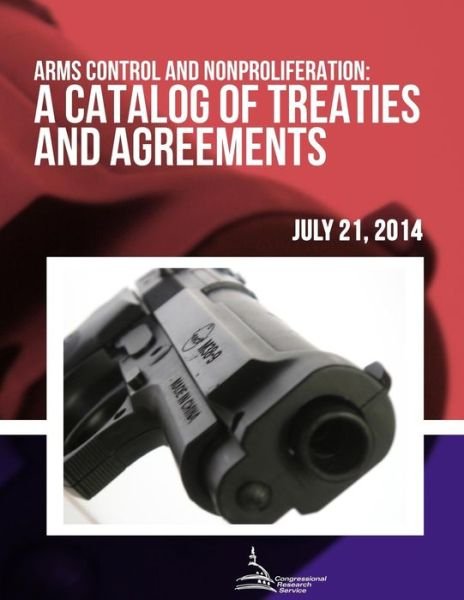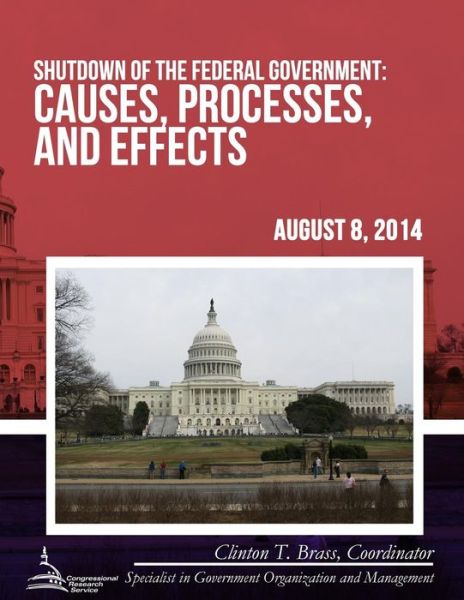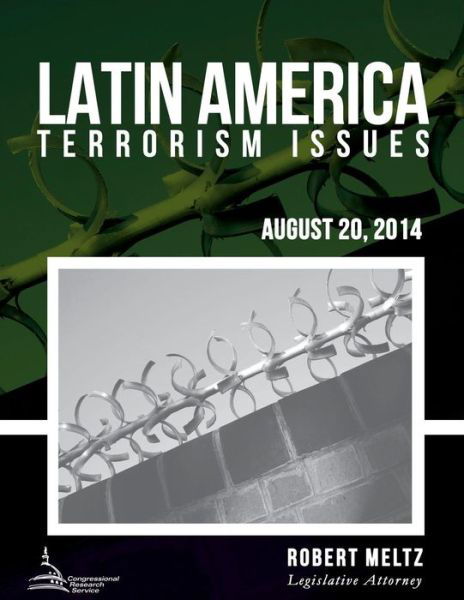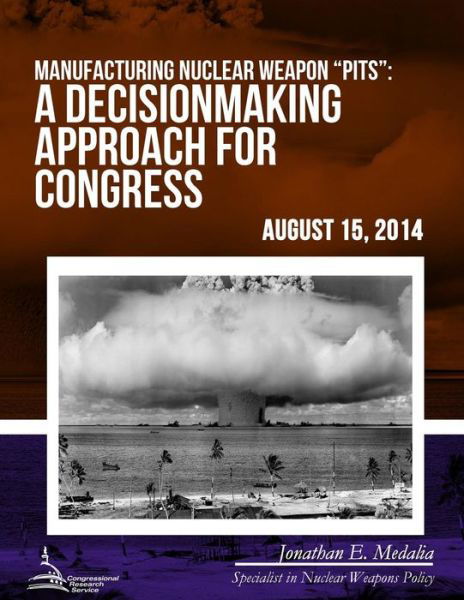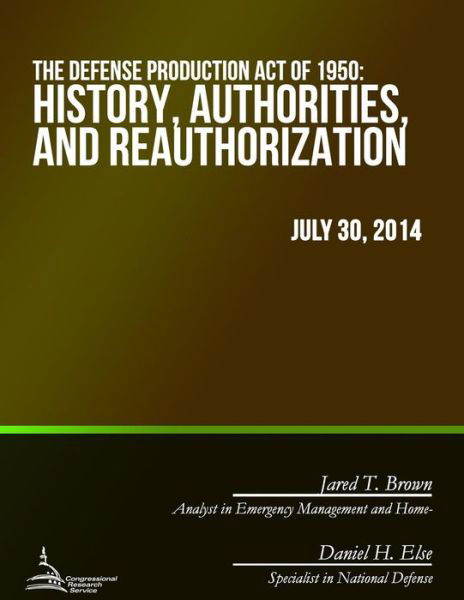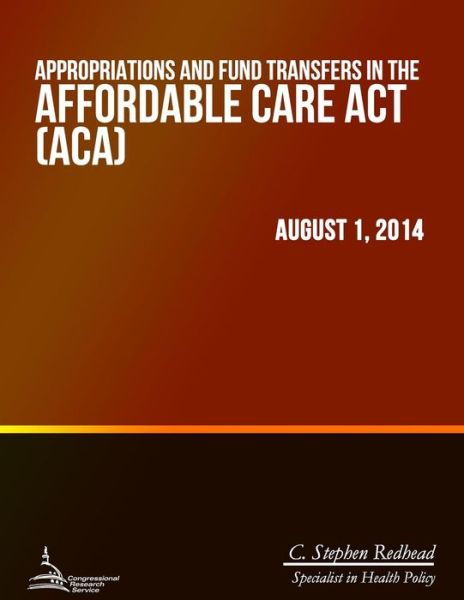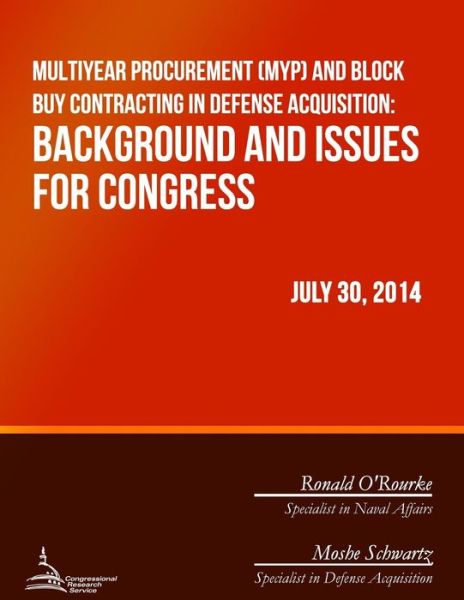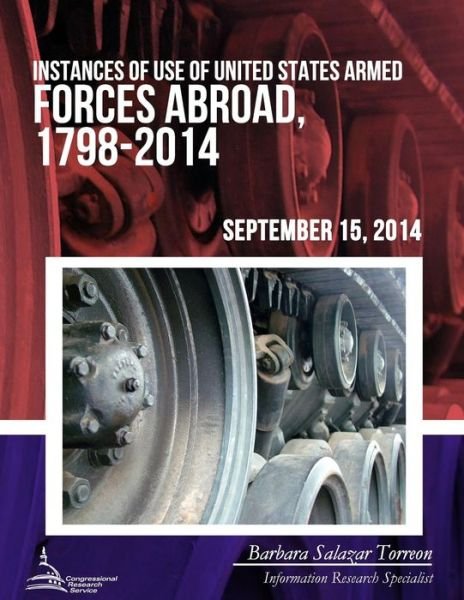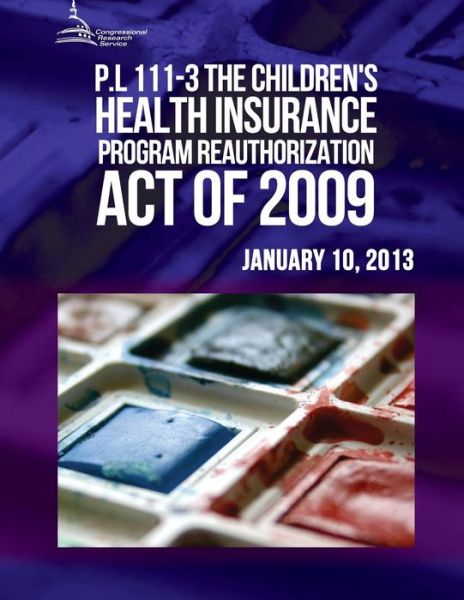
Powiedz znajomym o tym przedmiocie:
Buprenorphine and the Opioid Crisis
Congressional Research Service
Buprenorphine and the Opioid Crisis
Congressional Research Service
Buprenorphine is a medication used to treat adults addicted to opioids (it is also used in the treatment of pain). Buprenorphine's effectiveness, safety, and availability in the treatment of opioid addiction are of considerable interest to policymakers seeking to address the ongoing opioid epidemic in the United States. Congressional actions taken in recent years to address the opioid crisis have included attempts to increase access to buprenorphine. This report addresses questions policymakers may have about the effectiveness of buprenorphine, the demand for buprenorphine, and access to buprenorphine. Effectiveness of Buprenorphine Overall, buprenorphine appears to be an effective medication for treatment of opioid dependence. When compared to other treatments for opioid addiction such as methadone, buprenorphine appeared equally as effective in promoting abstinence from drug use. Buprenorphine does not seem to retain individuals in treatment as well as methadone, however, though the reasons for this remain unclear. The research on buprenorphine suggests that it works better at higher daily doses (16mg or higher). The higher the dose of buprenorphine and the longer people used the drug, the more likely they were to remain in treatment, abstain from opioid use, and successfully complete treatment. Preliminary data suggest that buprenorphine may be safer and more cost effective than methadone; comparison of the safety and costs of buprenorphine with other treatments awaits further research. Demand for Buprenorphine Admissions to substance abuse treatment facilities involving prescription opioids nearly quadrupled between 2002 and 2014; in 2015 18% of individuals in need of treatment for opioid use disorders received it. In 2016, one-fifth (21.1%) of those with any opioid use disorder received specialty treatment, including 37.5% of those with heroin use disorder and 17.5% of those with prescription pain reliever use disorders. Despite marked increases in opioid abuse, deaths attributed to opioids, and related hospital admissions, the majority of individuals in need of treatment do not receive it. Access to BuprenorphineBuprenorphine is regulated differently when used to treat opioid use disorder than when used to treat pain. The Controlled Substances Act (CSA) limits who may prescribe (or administer or dispense) buprenorphine to treat opioid use disorders, and the circumstances under which they may do so. These limits have implications for how patients gain access to buprenorphine and how they pay for buprenorphine. Buprenorphine comes in different formulations, and these modes of administration also have implications for how patients gain access to buprenorphine and how they pay for buprenorphine. As of December 1, 2018, the Substance Abuse and Mental Health Services Administration has estimated the U. S. capacity for health providers to treat with buprenorphine at over 3.6 million patients. Nonetheless, access to substance abuse treatment such as buprenorphine has not kept pace with the mounting rates of opioid addiction in the United States.
| Media | Książki Paperback Book (Książka z miękką okładką i klejonym grzbietem) |
| Wydane | 2 stycznia 2019 |
| ISBN13 | 9781793031709 |
| Wydawcy | Independently Published |
| Strony | 34 |
| Wymiary | 216 × 279 × 2 mm · 104 g |
| Język | English |
Więcej od Congressional Research Service
Zobacz wszystko od Congressional Research Service ( np. Paperback Book i Book )


